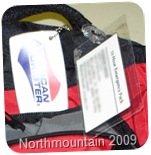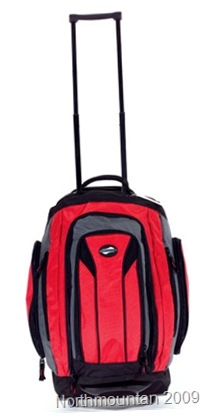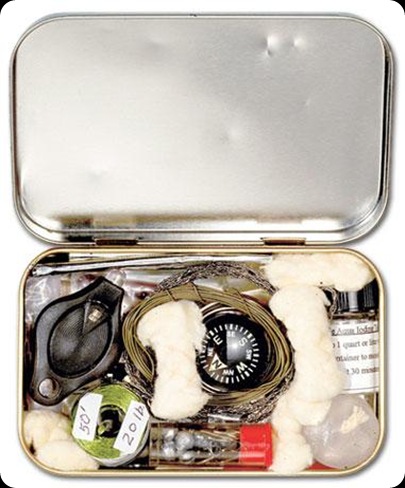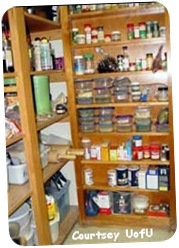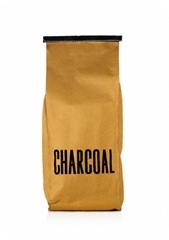
If you haven’t considered storing charcoal as your cooking food source, put it on your list of items to store. Combined with a couple of Dutch ovens, you can prepare at least one hot meal a day for a year with limited fuel costs.
Charcoal stores very well if you keep it in the original bags in a cool dry location. We try to buy our storage charcoal in plastic wrapped two bag packages. The best charcoal is the standard Kingston brand. It simply burns longer, at a more constant temperature and seems to store longer than any other brand. You DON’T want to use charcoal that has lighter additives because it will not only ruin the taste of your food but the briquettes burn too fast
.
You may also want to consider storing your charcoal supply in 6 gallon plastic buckets with screw type Gamma lids. The lids provide easy access and will keep the charcoal dry. Also consider purchasing just one Gamma lid and move it to the new sealed bucket when you empty the bucket you are using.
It is recommended that the ‘average’ family should store 500 lbs of charcoal for one year storage. Again, that assumes one hot meal cooked a day. Because Dutch ovens cook more efficiently, they help reduce the amount of fuel you need to store. If Charcoal is stored in a dry location and left wrapped in its original paper bag and plastic wrap will store indefinitely. Buy an extra bag each time you buy a bag for BBQ's. It won't take long before you have a sizeable storage of fuel in the form of bags of charcoal. City ordinances probably won't let you store much liquid fuel on site but charcoal is easy to store, has a very long shelf life if stored properly, can provide one large hot meal a day when coupled with a volcano stove and a Dutch overn and normally quantities in storage are not controlled.
When using a charcoal as fuel for a Dutch oven, there is an easy formula to use. Determine the size of the oven and add two more briquettes to the top than the oven size and two less to the bottom. Example: If you have a 12” oven, put 14 briquettes on the top and 10 on bottom under the oven. In a non-windy or very cold day, this will produce a 350F temperature in the oven. Cooking breads adds an additional couple of briquettes to the top.
To learn more about Dutch oven cooking, search the web. You’ll definitely want to visit the www.idos.com site.
You’ll want to consider the purchase of a Volcano stove because of the heat efficiency it adds to the cooking process. See their site at www.volcanogrills.com
Also consider other fuel sources such as propane and white gas, but know that they can only be stored in small quantities at a residence. Check local city ordinances for the current language of the law.
Choose a storage plan that works best for your family. Be sure to try the cooking system you plan to use now, while we aren’t in an emergency situation

